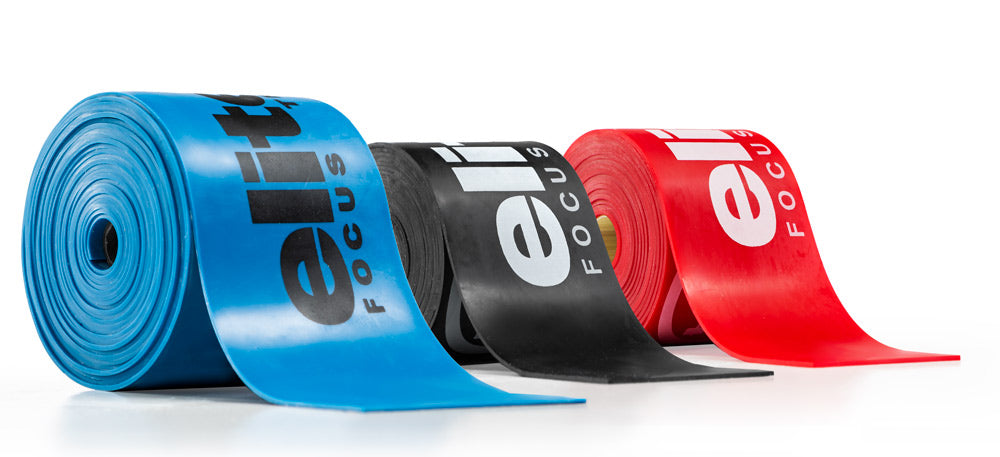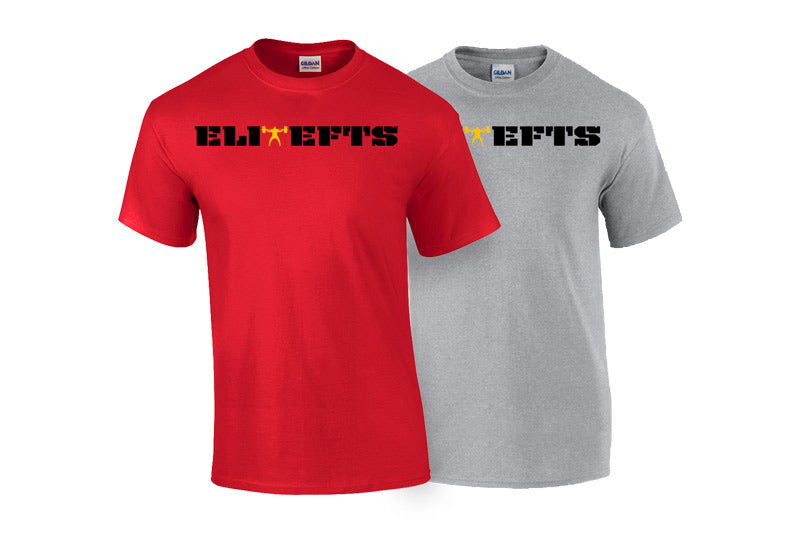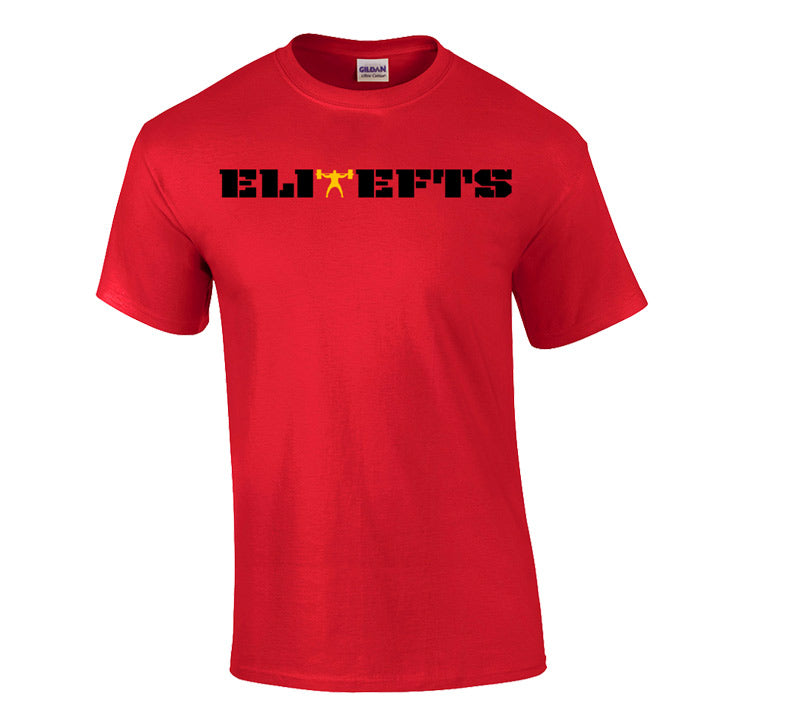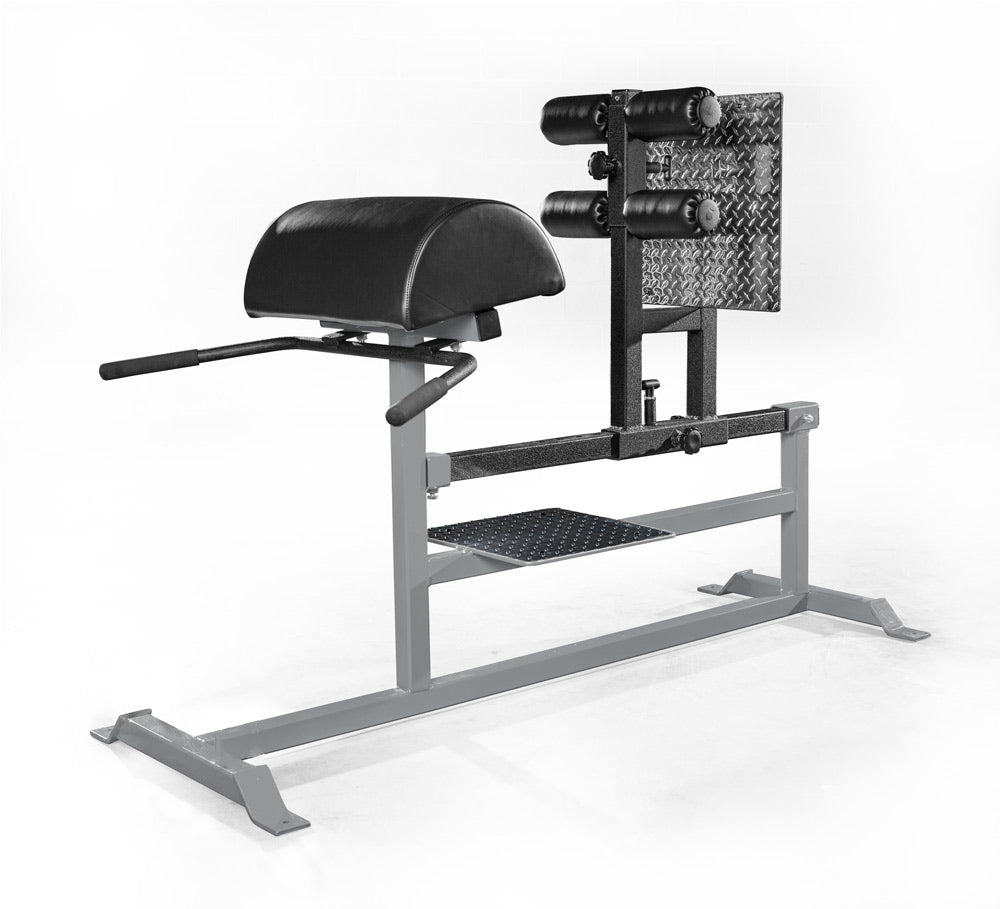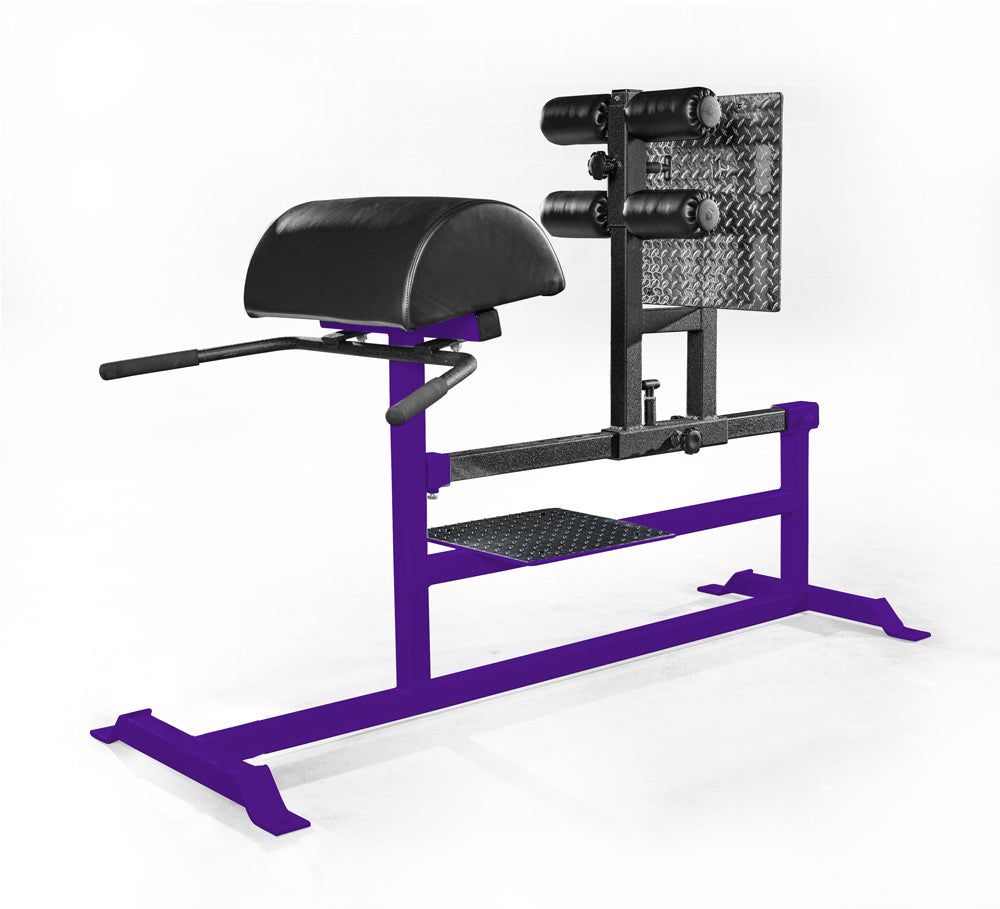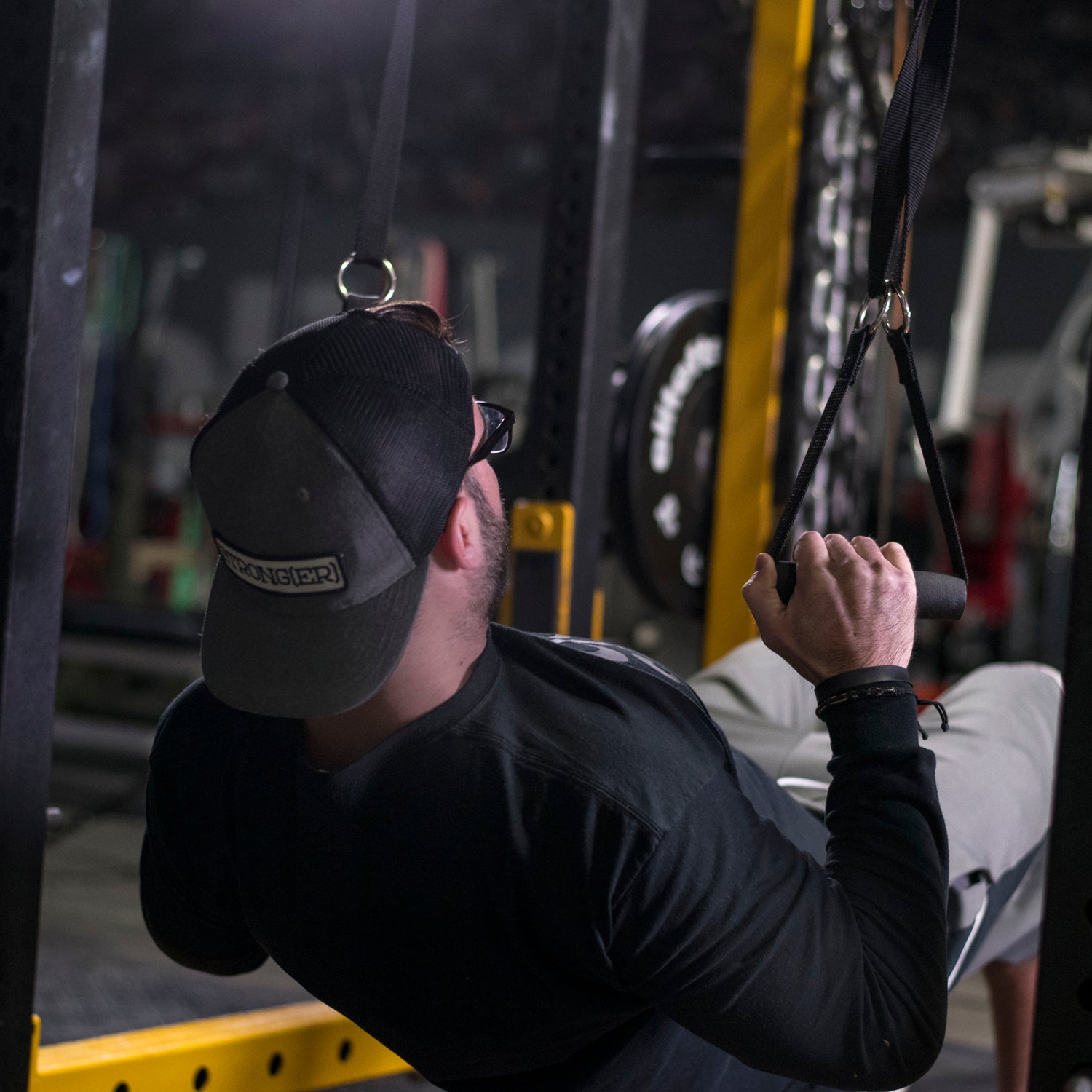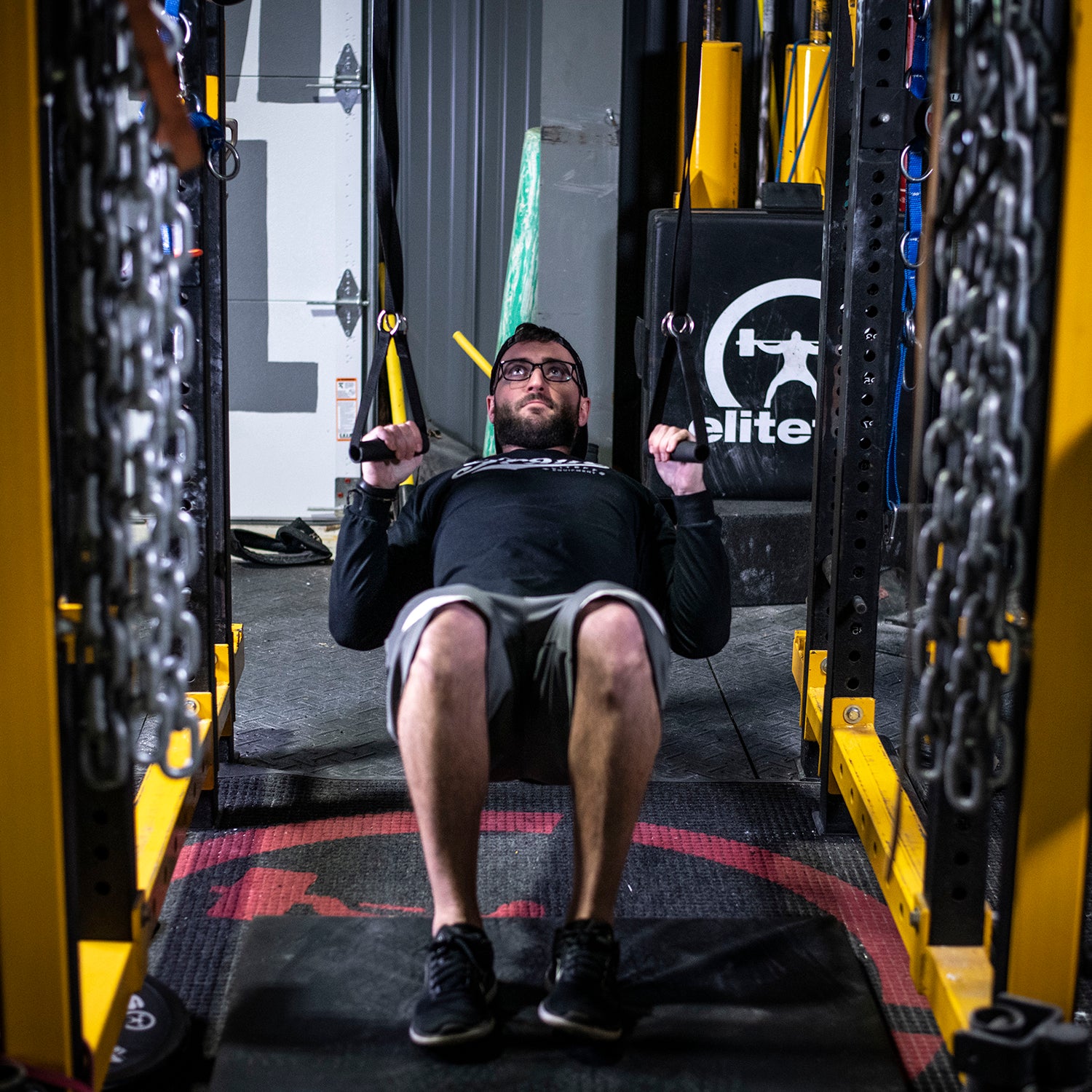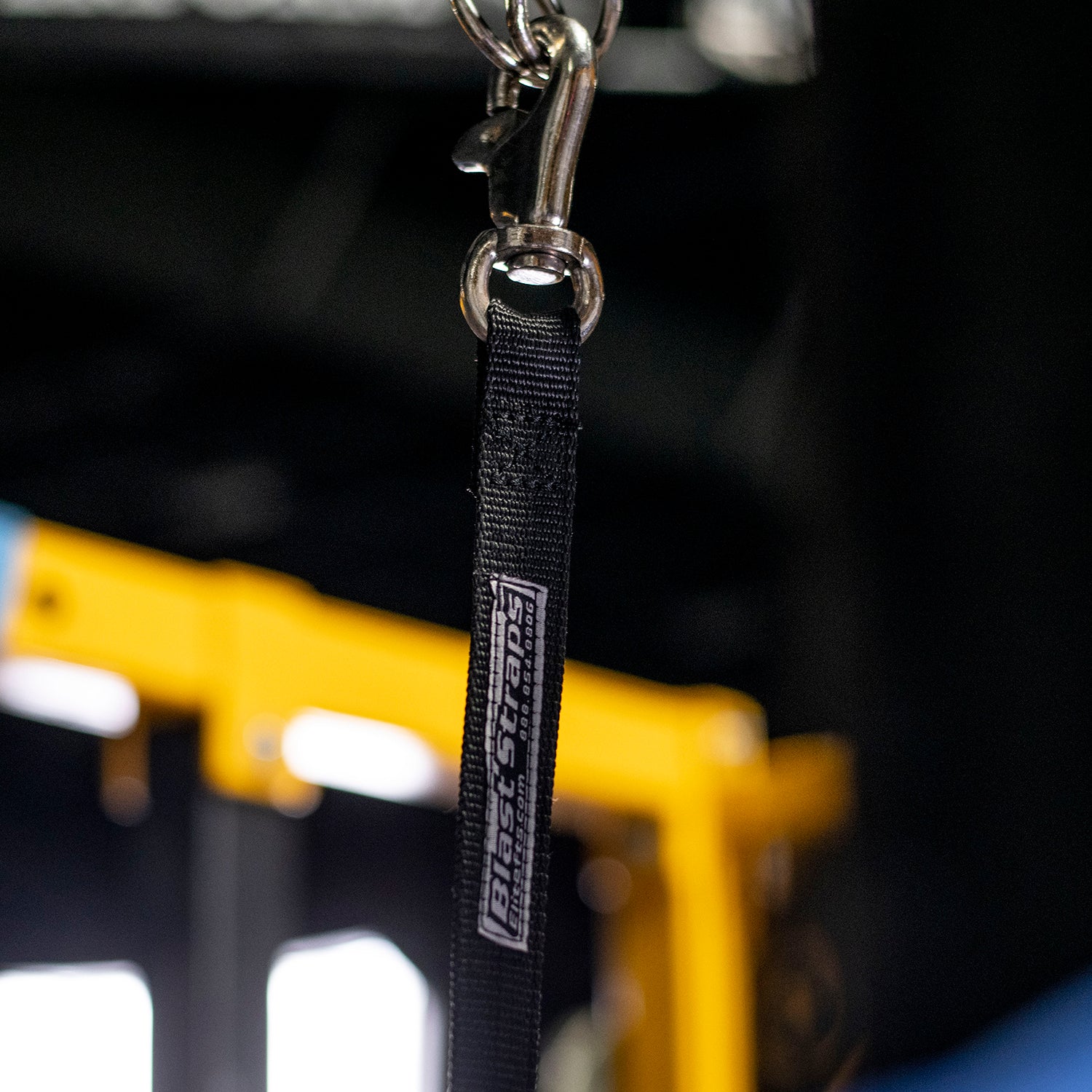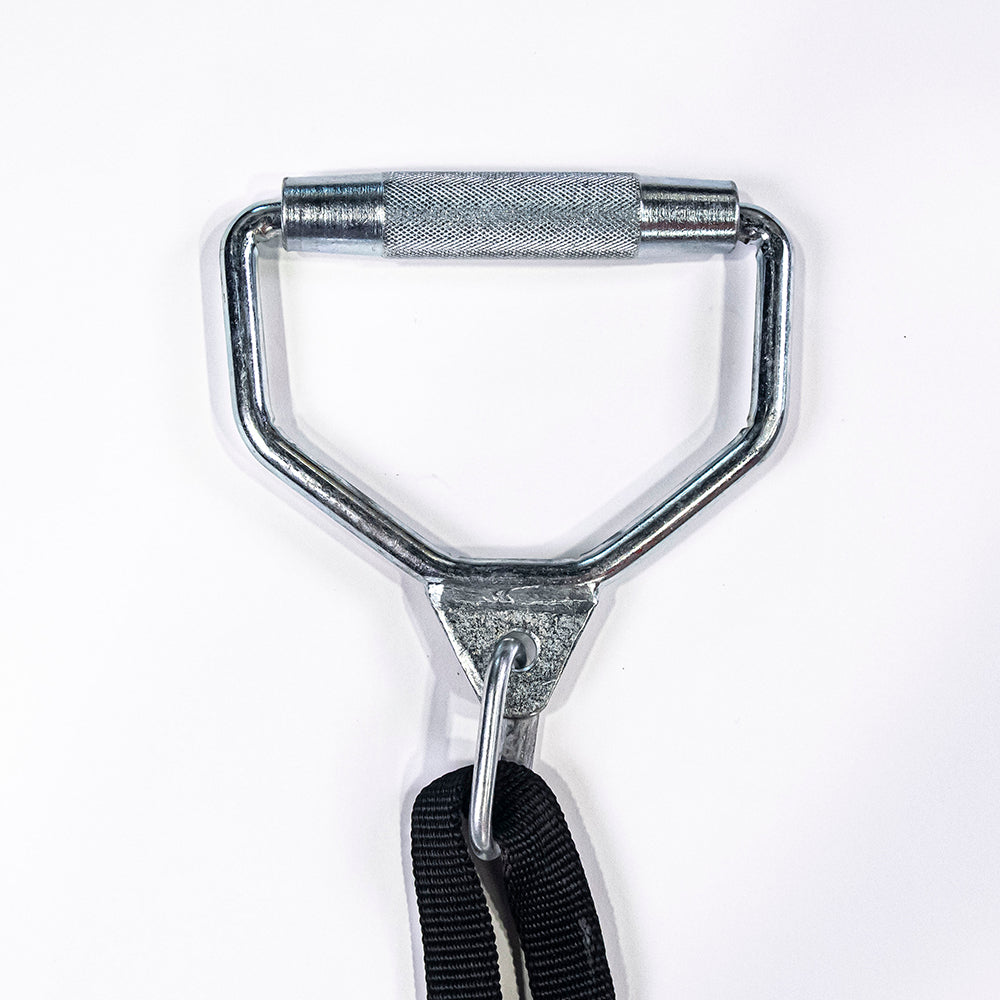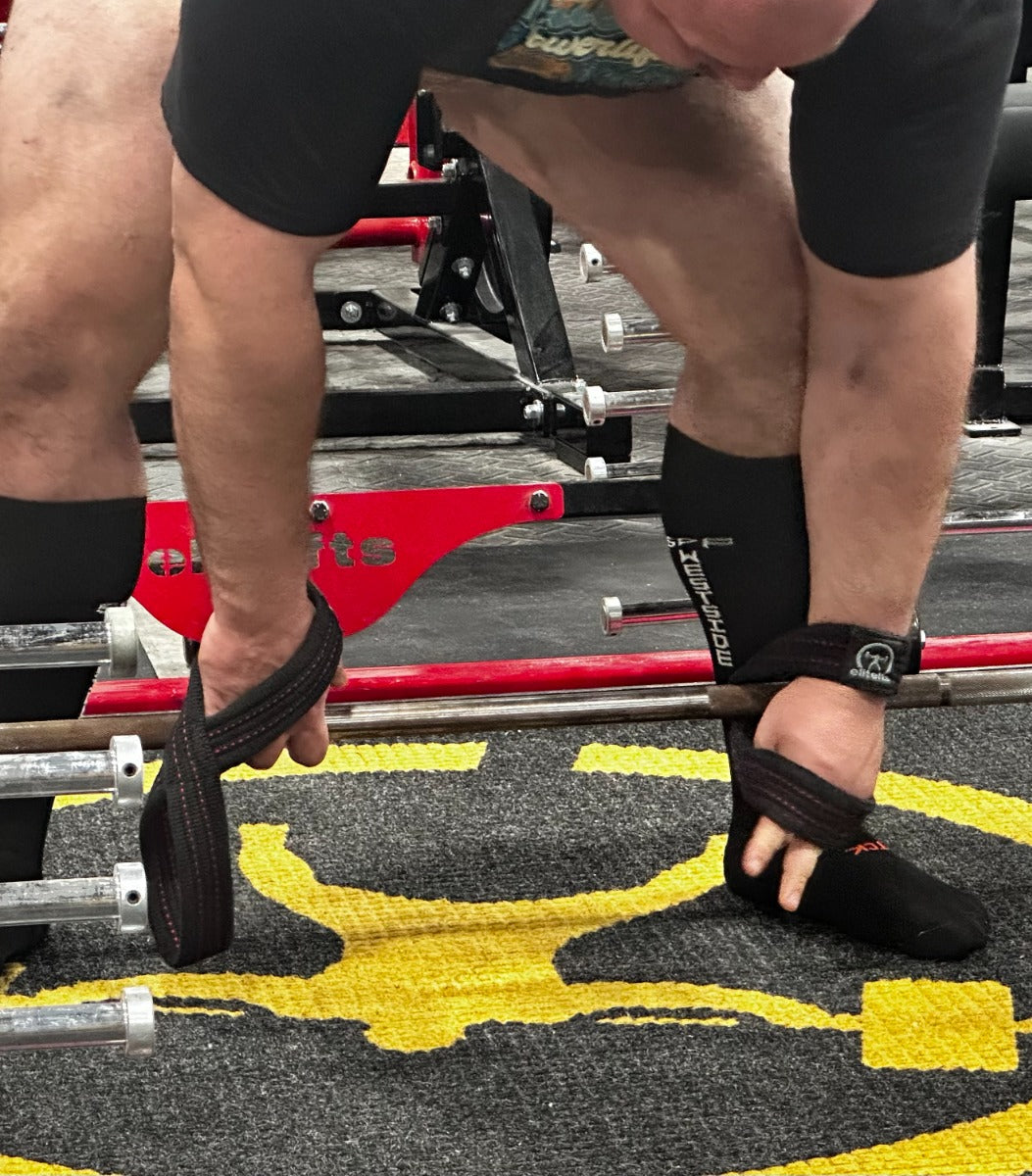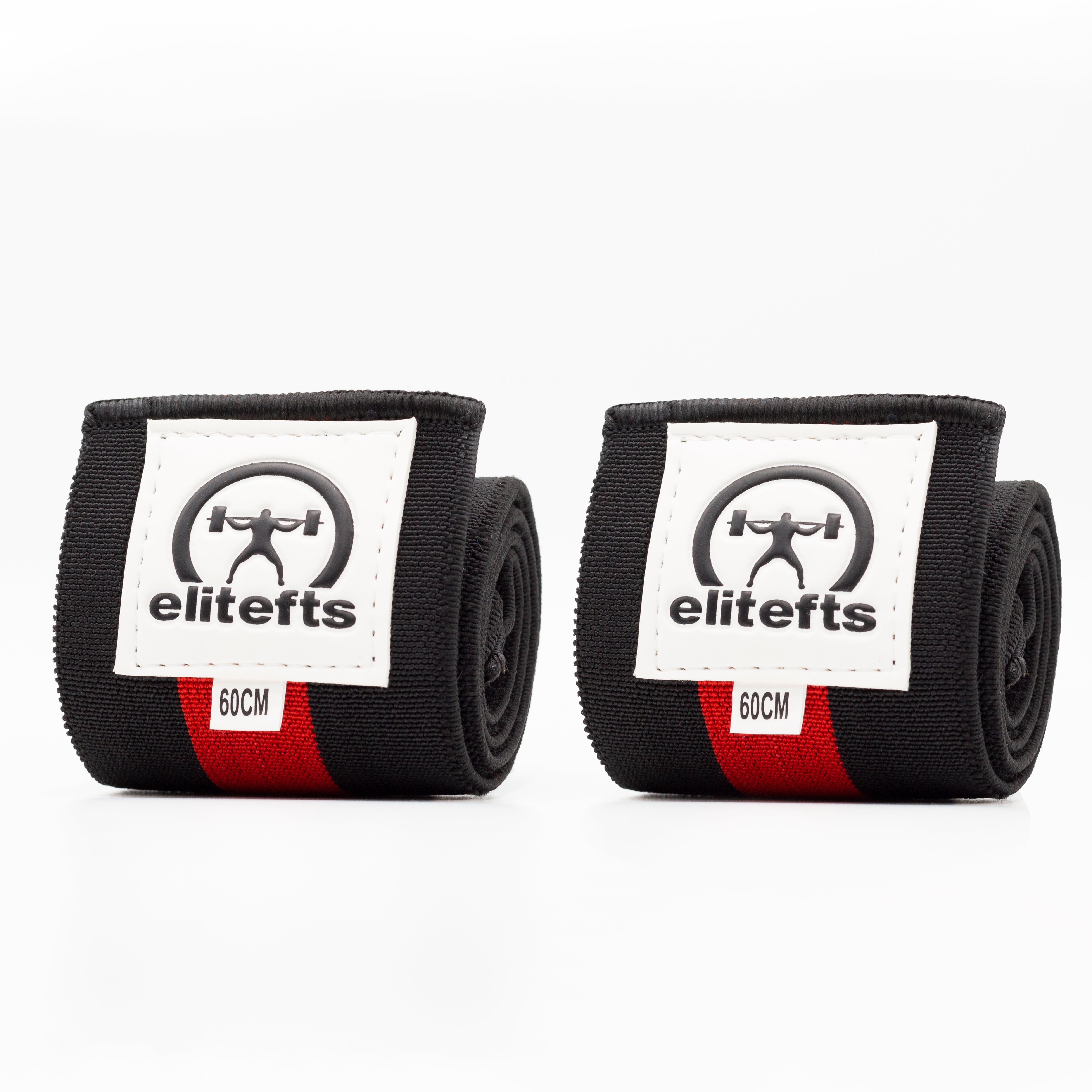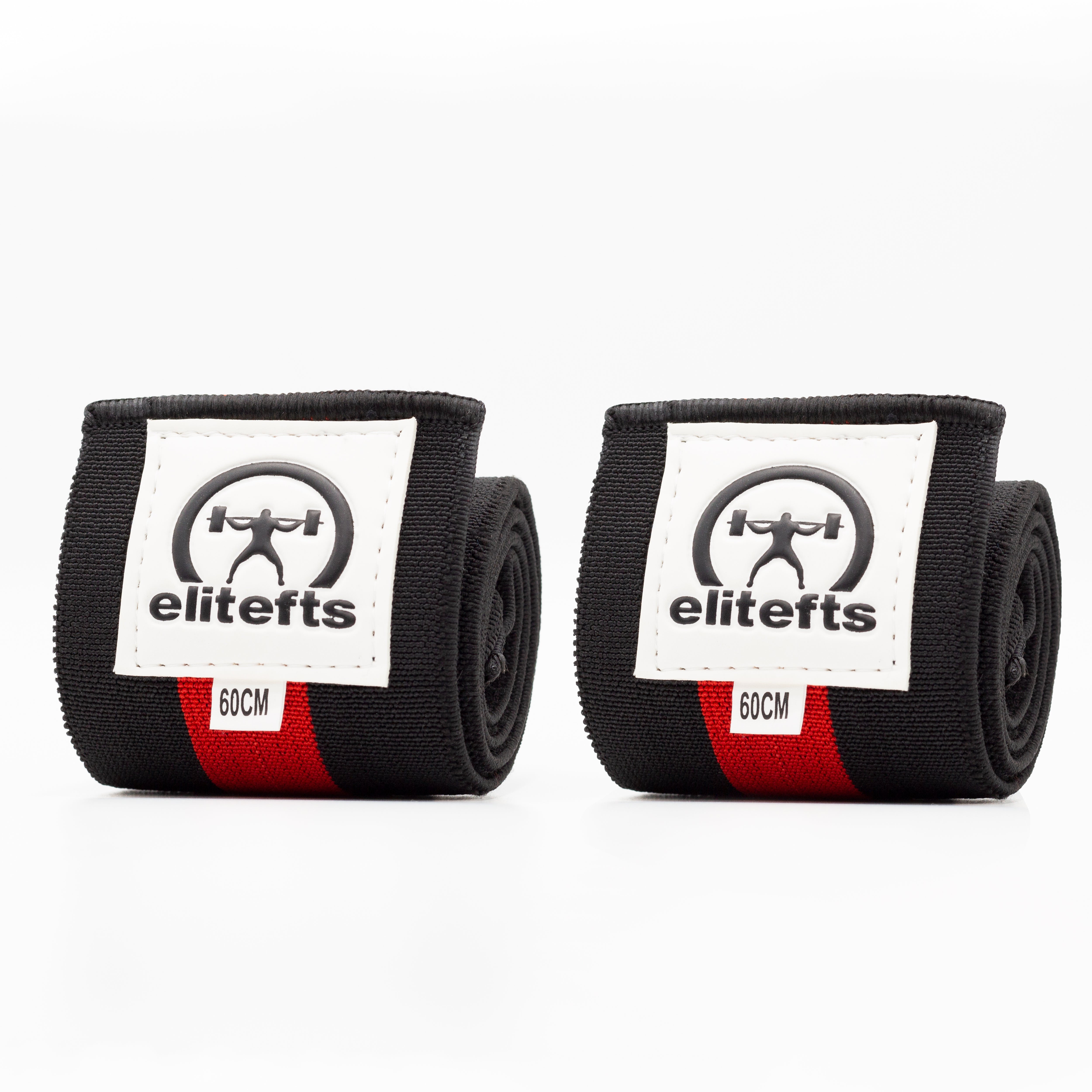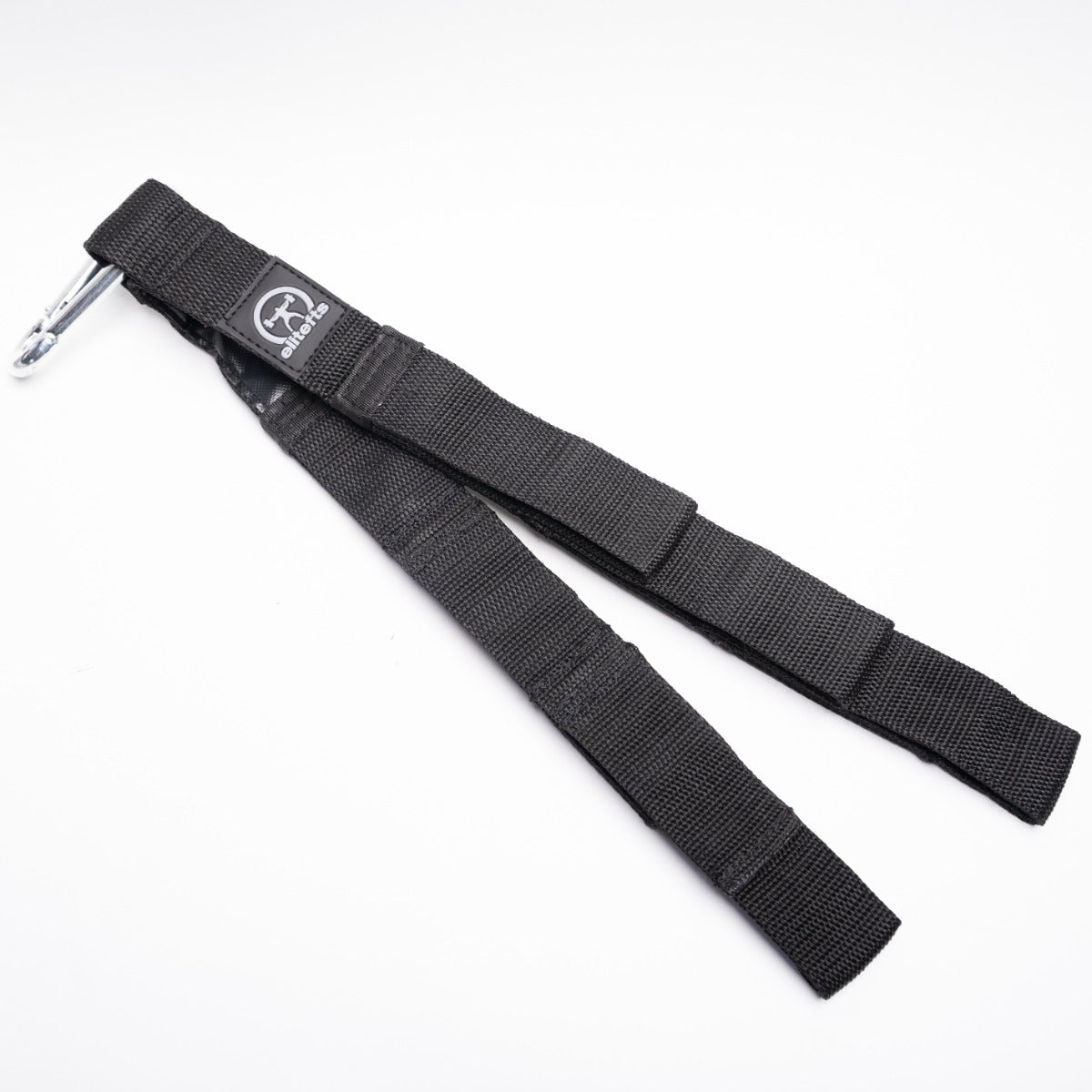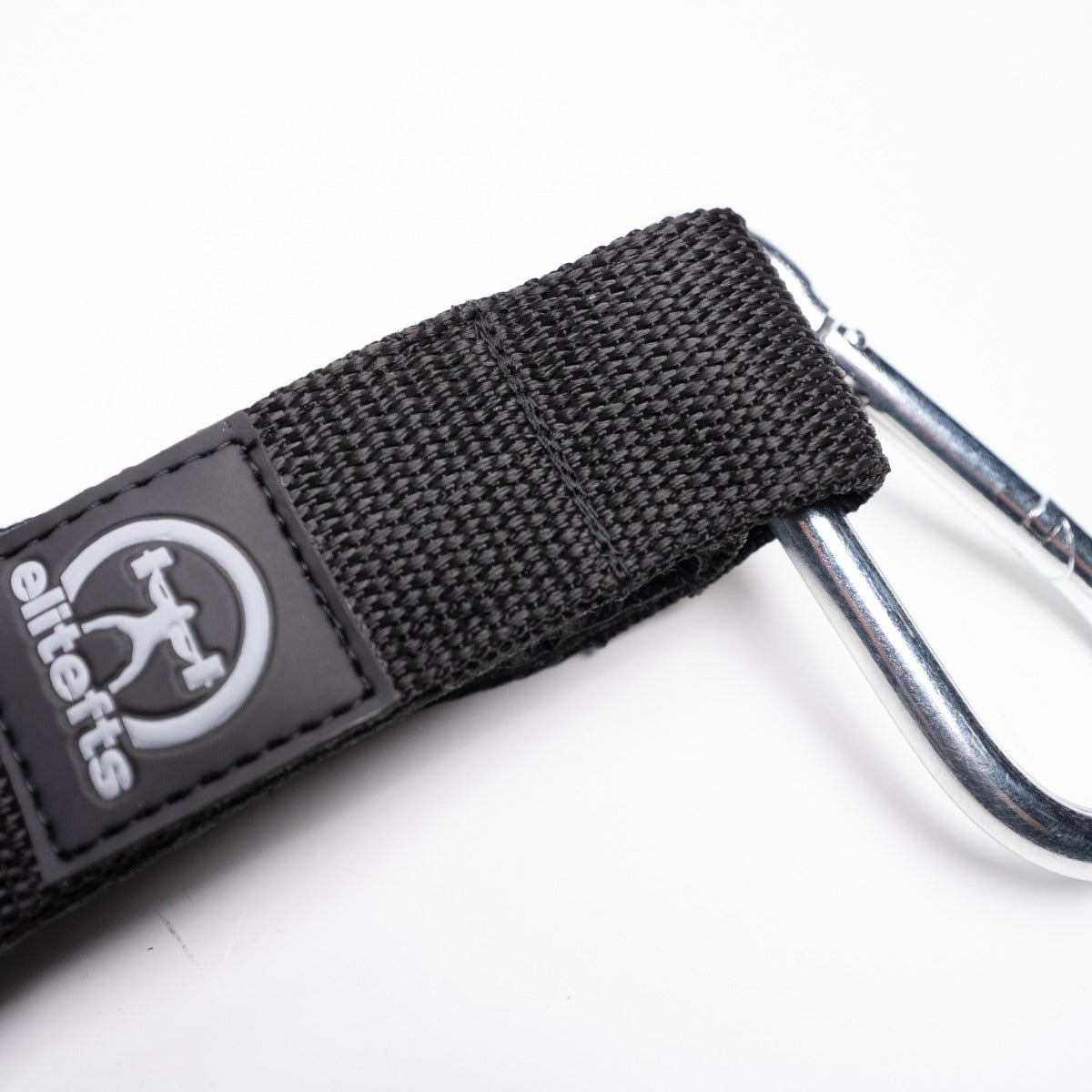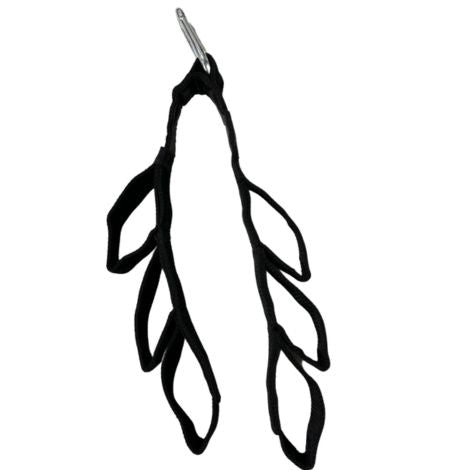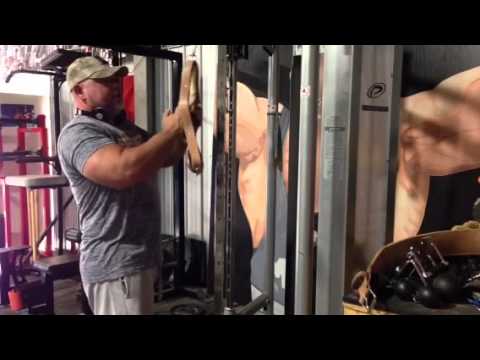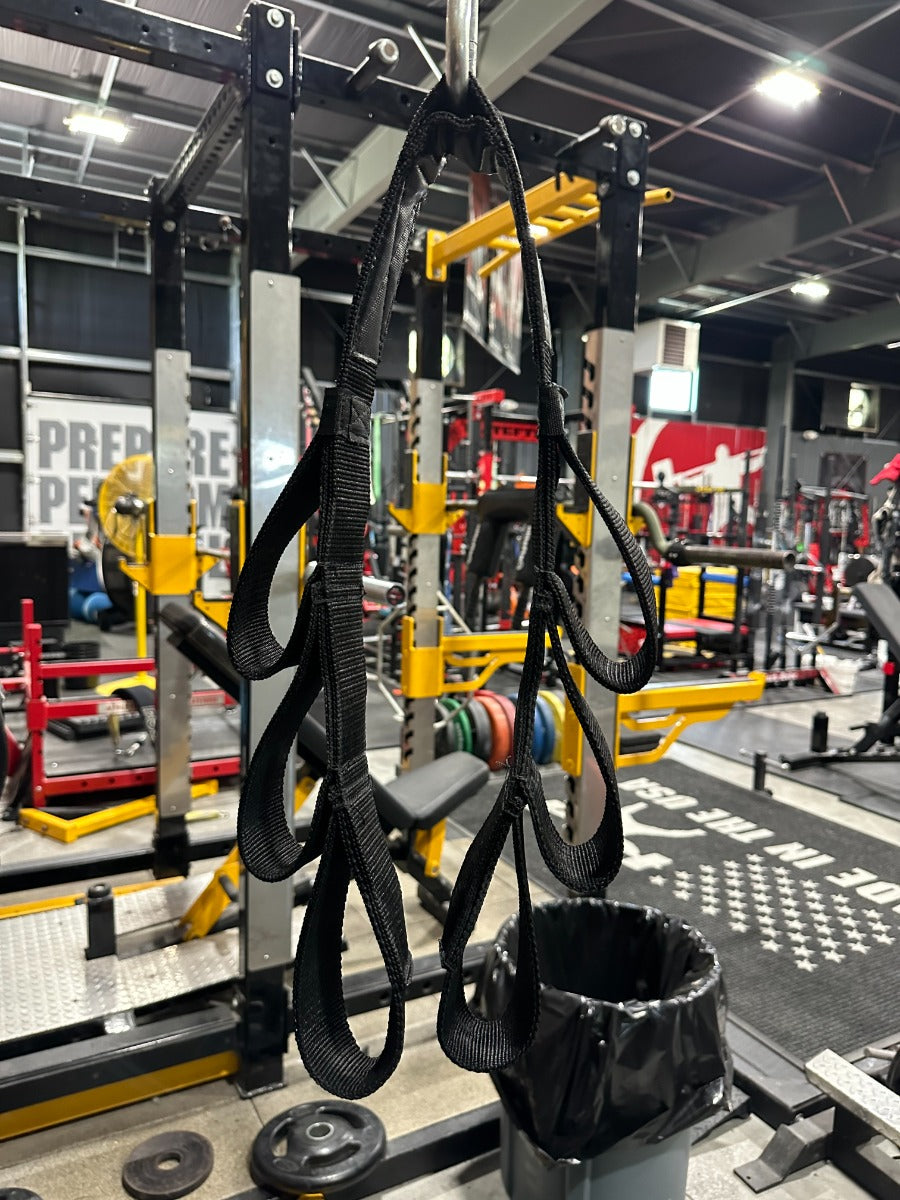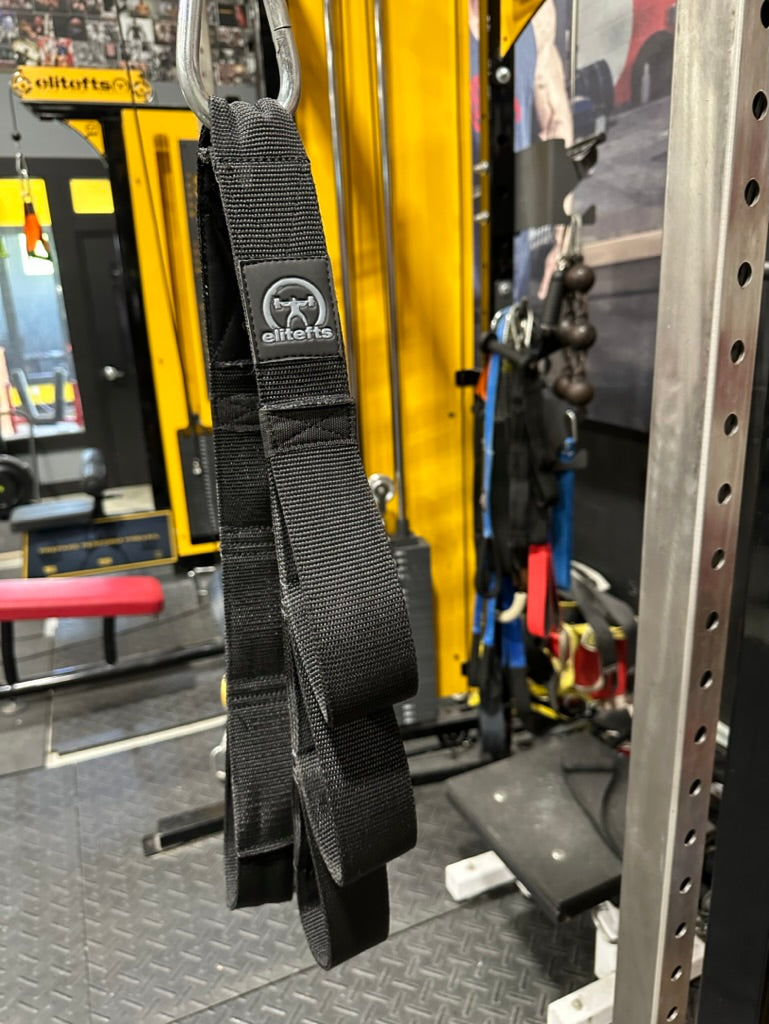- Stabilization (This is my number one priority. If the athlete doesn't have a great base of stabilization, you'll have postural and arthrokinematic issues.)
- Muscular strength/power
- Cardiovascular fitness
- Speed development
- Agility development
- Specificity of skills
- Flexibility training
- Nutrition
- Rest and recovery
- Adaptability
- Championship lifestyle
- Linear burst speed for short distances
- Linear speed for lengthy distances
- Explosive power
- Multisensory plan (unstable ground, change of direction, sudden angle changes)
- Multi-movement combinations
- Ability to maintain velocity while sprinting or shuffling on an arc trajectory
- Change of pace, speeds (both on and off field), fast and slow twitch muscles

The beginner block The beginner system is a three-day total body system. We have basic exercises, sets, and reps that the athletes will perform. We use a lot of unilateral and bilateral movements, making sure that all parts of the athlete are developing. For beginners, I use the eye evaluation test 99 percent of the time when training. I've found that at that age and with minimal experience, each athlete will vary greatly. One athlete might be a great bencher right away, but his dumbbell work is horrible with his arms going wild. Then I might have another who is a horrible bencher, but his dumbbell work is great. They're growing young men who will continue to change until about the end of their sophomore or junior year. So remember, each athlete will need attention in a different way. I use a lot of single leg/arm movements, as I'm always trying to trick the body and the mind. I use superset movements and bands and chains. Just don’t use the bands/chains for the squat, bench, or deadlift. You might be wondering how I use the bands or chains with auxiliary movements. I create new movements with the shoulders, traps, triceps, and biceps. Attaching a band to the bar for curls is great, and attaching chains to dumbbells for farmer's walks is even better. At this level, the band tension can be too strong and chains at the top is too much. This can cause form to go to shit. I use high reps and low weight with certain exercises like the bench, and I'll mix it up. Why do I do this? To insure that the athletes have good form and that they can do the weight and won't be injured in the next phase. I'm a big believer in nailing down correct form before moving on to any new workouts. The end result is the athlete is ready to move on to the intermediate phase of the block and doesn't have any basic deficiencies. Below are samples of exercises, reps, and sets that I might use for athletes in this phase of training. 1) Jump rope for 15–20 minutes before every work out. This really helps the feet and helps the athlete develop a rhythm. 2A) Bench, 4 X 10, start low; if they do 10 easy, see if they can do 15; if that’s easy, see about 20 reps; do a second set; if the same occurs, move up 5–10 lbs and keep going or stop, depending on how the third and fourth sets go (The bench is a great confidence builder and every athlete wants to do it. A big bench means more confidence and more clout in the weight room. You know how it goes!) 2B) Back: Dumbbell, straight bar row, back machine, cable pulls, pull-ups, bar pull-ups laying down. I do 4 X 15–20. This is where the variation with each athlete comes into play. Watch and you will see the imbalances in your athletes. 3A) Dumbbell bench, 4 X 10; one-arm dumbbell bench alternating; one-arm cable rows or dumbbell rows; use many variations and be creative 3B) Lat pull-down, 4 X 15–20 4A) Dumbbell sumo squat, 4 X 25–30, low, good depth (I've found that if you don’t have a belt squat, these work great. After doing these for two to three months, the athlete will be ready for squats and there won’t be such a learning curve. Also, deadlifts will come into play. We don't perform any deadlifts until they can squat. I found that this works best.) 4B) Single leg squat: quarter, half, full is 1 rep X 10 each leg with weight if possible 5A) Rear delt work with red bands, 4 X 20 5B) Reverse hypers or one leg hypers, 4 X 10, all they can do at first; some can do a little bit of weight; you can vary sets, reps, and tempo 6A) Hypers or one-leg hypers, 3 X 20 6B) Straight leg deadlifts or single leg deadlifts, light weight, good stretch 7A) Triceps: Push-down, rope, push-up, extension, close grip, bands, 4 X 10–15 7B) Biceps: straight bar, dumbbell, cable, band 8) Dumbbell military, 3 X 10 9) *DDM, 200 yards, if they can do more, do more 10) Sled, for upper body, lower body, 4 X 100-yard trips, minimal weight, always increasing if possible * Detroit death march (DDM): For these, go as far as you want to make the walking lunges. It's harder if you make them step up and out on each lunge. I start small, but my Next Level Training guys go down and back on the football field and then down another quarter of a mile and down a long parking lot before finishing with 135 pounds on the back for a short distance. If you have other exercises, substitute those, but keep it simple. I only change the exercises if the athletes are crushing the reps. I choose five or six exercises per workout. Most of the athletes are on this program for six months to one year, depending on their sport and how fast they move up. For the first few months, I keep the reps really high and the weight low. A common mistake when training in the beginning phase is the temptation to move more quickly than you should. Remember the basics—stabilization movements build a great foundation; one-arm and one-leg movements are great; and using different surfaces to stabilize different areas works well. The beginning phase is where the athletes gain confidence, where they want to come back because they're seeing results. Remember, this is the most crucial phase of the development process. If the athlete doesn't have good stabilization, it will relay into weak joint stabilization, which will cause injury. If you have an injured athlete, that isn't good. Once the athlete has established great form, great stability, and a strong understanding of my system and how it works and he's familiar with the weight room, I will progress him to an intermediate program. The intermediate program is similar to our advanced program in terms of exercises, but the basics are still used. The intermediate stage goes into block periodization. In the third part of this series, I'll discuss the intermediate routine. For more information, email me at RYAN3KSM@gmail.com.



























